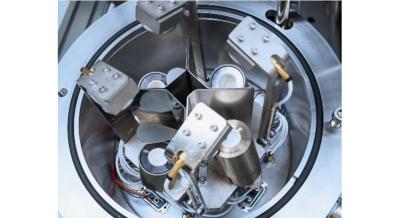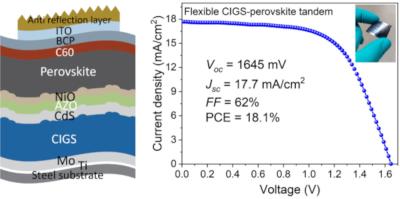Researchers develop strategy that yields 24.67%-efficiency doctor-bladed perovskite solar cells
Scalable deposition of high-efficiency perovskite solar cells (PSCs) is vital to achieving commercialization. However, a significant number of defects are distributed at the buried interface of perovskite film fabricated by scalable deposition, which adversely affects the efficiency and stability of PSCs. Now, researchers at China's Central South University, Hunan Institute of Engineering and Chinese Academy of Sciences (CAS) addressed this issue by incorporating 2-(N-morpholino)ethanesulfonic acid potassium salt (MESK) as the bridging layer between the tin oxide (SnO2) electron transport layer (ETL) and the perovskite film deposited via scalable two-step doctor blading.
The scientists reported that both experiment and simulation results demonstrated that MESK can passivate the trap states of Sn suspension bonds, thereby enhancing the charge extraction and transport of the SnO2 ETL.






